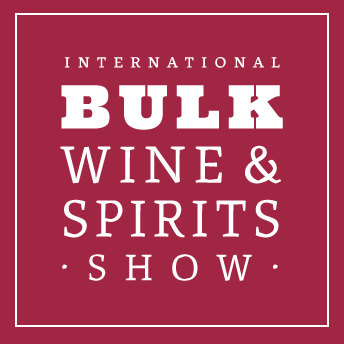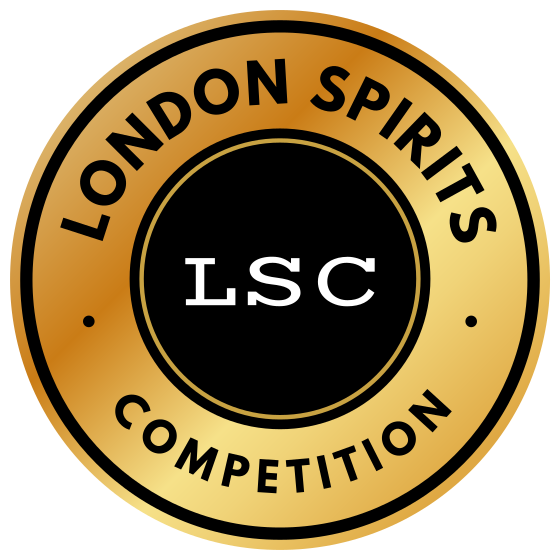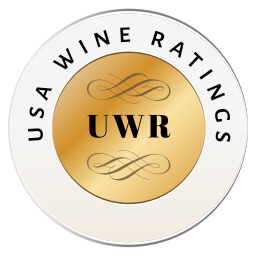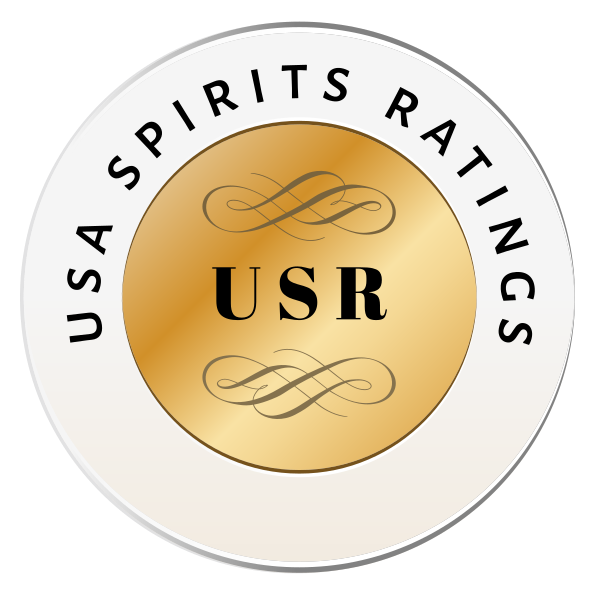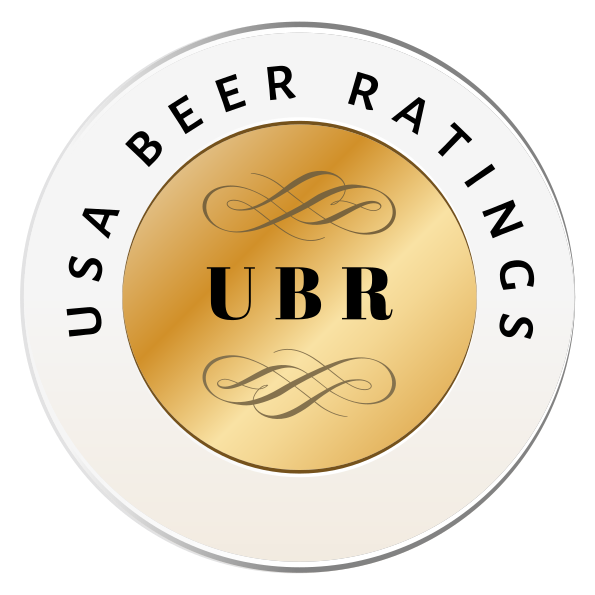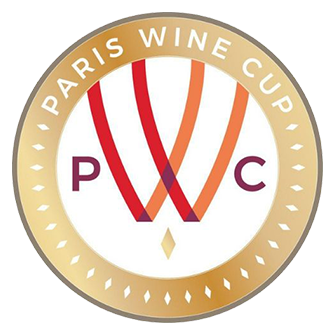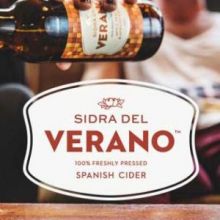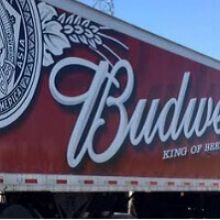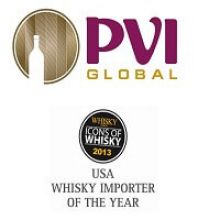WHAT’S ON BTN
Do even more with Beverage Trade Network
B2B Platforms
01A B2B marketplace to expand your potential customer audience and grow your global presence
Shows
02BTN organizes B2B events and tradeshows globally, helping brands unlock new markets.
BTN Competitions
03Setting a new benchmark for buyers and consumers to discover award-winning brands.
Media Assets
04Get access to actionable insights, news, and exclusive content from the industry leaders.
BTN Shows
02Trade Shows
Connecting Buyers & Suppliers Globally
Beverage Trade Network organizes annual wine, beer and spirits trade shows, for suppliers all around the globe to connect with potential buyers. It is a perfect international platform for suppliers or exhibitors who are looking to grow their distribution.
BTN Competitions
03 Competitions
Setting new benchmarks for buyers and end consumers to discover award-winning brands
Beverage Trade Network exclusively created various competitions dedicated to helping drinks producers and brand owners get closer to the buyers, distributors and retailers that can bring their products to market.



